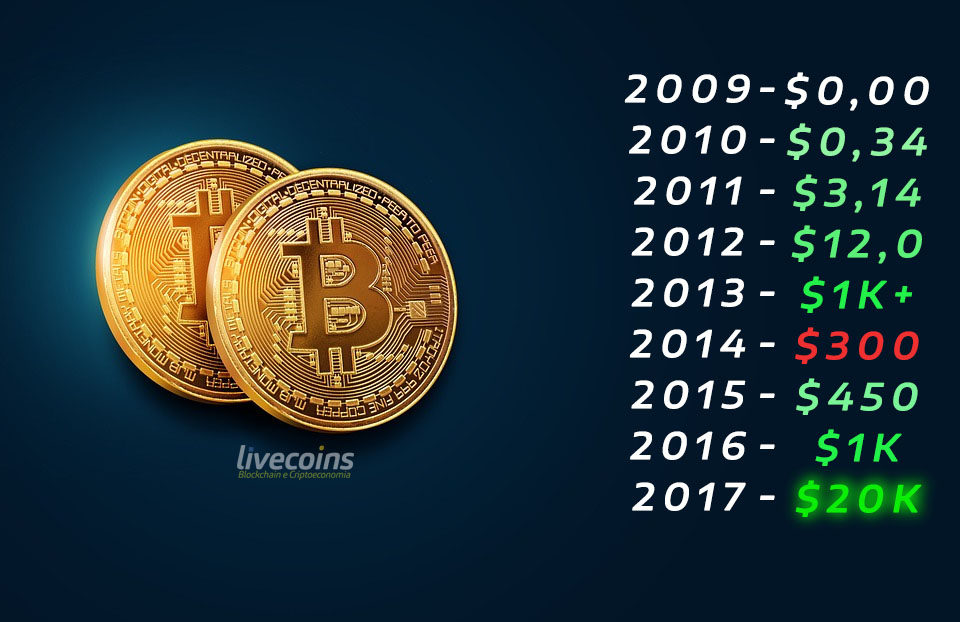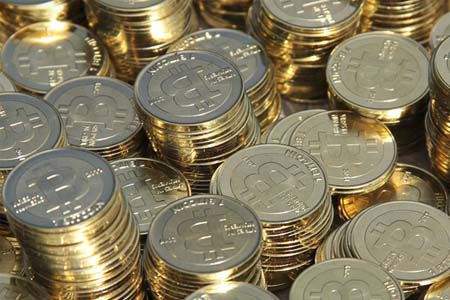

Bitcoin forum 2009 - opinion you
Previously Unpublished Emails of Satoshi Nakamoto Present a New Puzzle
Previously Unpublished Emails of Satoshi Nakamoto Present a New Puzzle
Newly discovered emails between Satoshi Nakamoto, Bitcoin’s pseudonymous creator, and the late Hal Finney deepen the mystery around the cryptocurrency’s origins.
The three emails come from Bitcoin’s earliest days, when its future was uncertain. They show how closely Satoshi collaborated with early supporters at the time of Bitcoin’s launch.
While anything written or coded by Satoshi is intrinsically valuable to the community, perhaps the most intriguing parts of these messages are neither words nor code, but something seemingly prosaic: the timestamps, which present a new riddle.
Michael Kapilkov is an adjunct professor at Pace University in New York; since discovering Bitcoin, he has been interested in its origin story.
They were shared with me by journalist and author Nathaniel Popper, who during his work on “Digital Gold: Bitcoin and the Inside Story of the Misfits and Millionaires Trying to Reinvent Money” was provided access to Finney’s correspondence.
Finney, who died in , was the recipient of the first Bitcoin transaction. A legend in his own right, he developed the first reusable proof-of-work system, among other achievements.
[Editor’s note: In preparing this article for publication, CoinDesk contacted Fran Finney, Hal’s widow, who confirmed she had provided his correspondence to Popper, who in turn confirmed sending the messages to the author. “In March of we sent Nathaniel Popper those files, documenting email exchanges between Hal and Satoshi,” Fran Finney told CoinDesk. “The files were retrieved from the computer Hal was using for personal email in and were provided with Hal&#;s consent.”]
November was when Satoshi opened Bitcoin to public scrutiny. Until then, the project Satoshi had spent a year and a half coding was only shared privately with a select few. On Aug. 22 of that year, he emailed Wei Dai, the author of “b-money” and, sometime before that, Adam Back, the creator of Hashcash (whose proof-of-work function is used in Bitcoin).
The initial reception was less than ecstatic, Finney later recalled.
“When Satoshi announced Bitcoin on the cryptography mailing list, he got a skeptical reception at best,” he wrote in in his penultimate post on the Bitcointalk forum. “Cryptographers have seen too many grand schemes by clueless noobs. They tend to have a knee-jerk reaction.”
Sometime around Nov. 16, , Satoshi shared a pre-release version of the Bitcoin code with several members of the Cryptography Mailing List, including James A. Donald, Ray Dillinger and Finney. The first of Satoshi’s emails I received from Popper was sent a few days later.
‘How large do you envision it becoming? Tens of nodes? Thousands? Millions?’
In that first email from Nov. 19, Finney thanks Satoshi for some corrections and asks about the aspired-to size of the Bitcoin network as it would affect scalability and performance. Notably, Donald, the first person to respond to Bitcoin’s public announcement on the mailing list, had raised the same concern. “It does not seem to scale to the required size,” he wrote. This was a harbinger of the scaling debate that eventually led to the creation of splinter cryptocurrencies including bitcoin cash and so-called layer 2 solutions such as sidechains and the Lightning Network.
For Finney, this was not just a technical issue. Apparently in his mind, it has a bearing on Bitcoin’s future monetary value. A couple of months later, he stated that if Bitcoin became the world’s dominant payment system, then its value “should be equal to the total value of all the wealth in the world.” Extrapolating this logic further, he arrived at $10 million per bitcoin.
In a interview, Dillinger said the discussion that started on the public mailing list moved to private emails and eventually led to Finney and himself helping Satoshi with certain parts of the Bitcoin code:
“It was when we started talking about floating-point types in accounting code that I learned Hal was involved in the effort. Hal was reviewing the transaction scripting language, and both the code he had and the code I had interacted with the accounting code.”
Also, soon after the Nov. 19 email (sometime in the first half of December ), Satoshi added Finney to Bitcoin’s repository on Sourceforge, a site for managing open-source projects similar to GitHub.
‘Thought you’d like to know’
Although the Bitcoin Genesis block is dated Jan. 3, , Bitcoin’s public network did not go live until five days later when the source code was released to the public and the first few blocks were mined.
It is assumed that in the first few months of Bitcoin’s existence, most of the hash power was provided by Satoshi. However, Bitcoin’s creator was fully aware that if his peer-to-peer electronic cash were to succeed, he needed others to join.
The following two emails are from Satoshi to Finney. In the first one, from Jan. 8, , Satoshi notified Finney about the release of version of the Bitcoin software. It was sent just a few hours after Satoshi made an analogous public announcement on the Cryptography Mailing List.
It appears that Finney had replied to Satoshi, letting him know that he would try to look at the code over the weekend (Jan. 8 happened to fall on a Thursday).

-
-